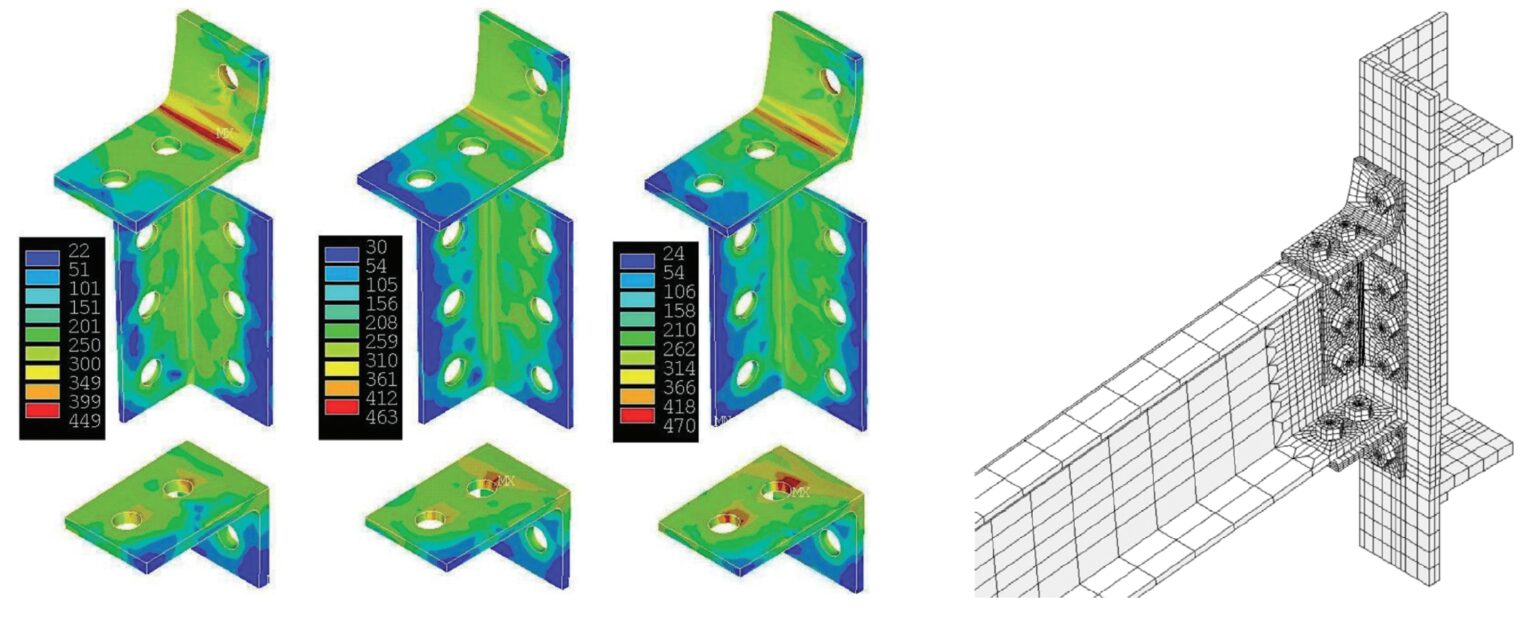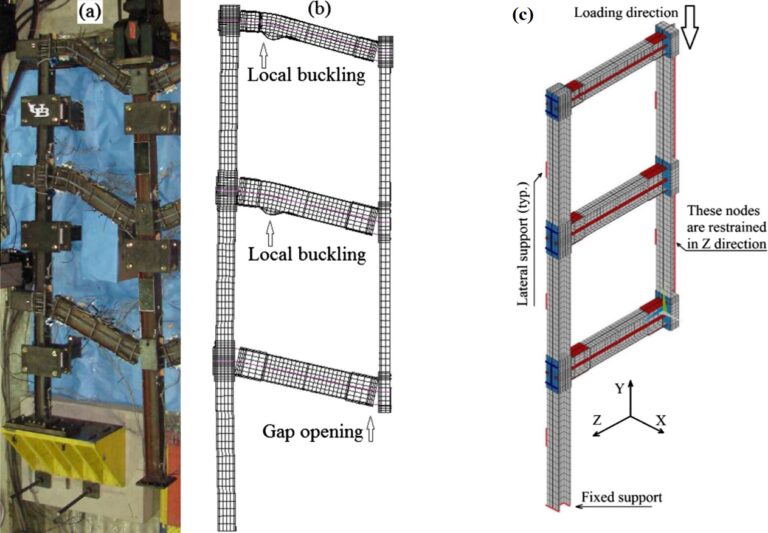Dr. Pirmoz’s article, published in “The Structural Design of Tall and Special Buildings”, was among the very first papers on progressive collapse. Studied for the first time, the results of detailed numerical analyses of bolted connections in progressive collapse loading conditions are presented in the paper.
Progressive collapse or disproportionate collapse is a serious phenomenon that starts with loss of a critical structural component, such as a column or connection, and can lead to complete failure of a structure. Design for progressive collapse caught attention after the catastrophic fall of the World Trade Center twin towers. A comprehensive research was needed to shed light on this topic and develop design guidelines. Research on this topic required a deep understanding of structural mechanics, extreme behavior of material and advanced computational modeling techniques to run efficient simulations, interpret analyses results and distill practical conclusions.
Performance of bolted angle connections in progressive collapse of steel frames
As a key component of any structure, beam to column connections maintain the integrity and stability of structures. Complete failure of a building is often inevitable upon failure of its connections. Dr. Pirmoz developed a basic refined 3D finite element model of bolted angle connections to investigate the behavior of this type of connection under progressive collapse conditions. He validated the accuracy of this basic model comparing its results with the available results of eighteen experimental tests. Then he advanced the models to simulate a connection subjected to the loading and boundary conditions expected to be imposed due to frame column loss. His analyses results revealed that bolted connections show a significantly different behavior in progressive collapse conditions. Based on the obtained results, he proposed a set of empirical equations for a more accurate analysis of steel frames subjected to this type of loading. The paper was submitted to The Structural Design of Tall and Special Buildings in 2008 for review and published online in July 2009.

Capacity analysis of post-tensioned steel frames against progressive collapse
Post-tensioned (PT) steel frames are a new type of structural system with a potential use in future modern structures. Dr. Pirmoz developed a numerical model to analyze the performance of PT frames in a progressive collapse due to a sudden column loss. The accuracy of the model was validated comparing its results with the experimental test results of other researches. The obtained results enabled a thorough stress and force analyses of the frame, beyond the limitations of experimental tests.


References:
CONTACT
- (571) 888-1590
- info@pirmoz-structural.com
-
Pirmoz Structural Engineering, LLC
1451 Rockville Pike Suite 250, Rockville, MD 20852
